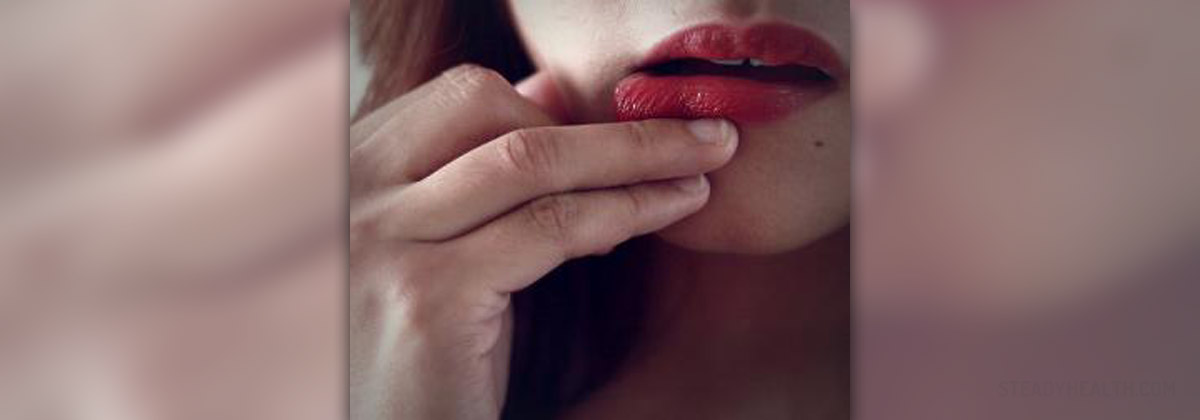
Fever blisters or cold sores, as they are also called, usually appear on the lips, sometimes around the mouth or even inside the mouth. They can be painful, itchy, they are unsightly and often cause embarrassment. They usually go away on their own, within a week or so. Some people get fever blisters quite often, and some lucky ones very rarely or never.
The treatment for fever blisters is today widely available but, as said above, they often go away without any treatment whatsoever. the only way of prevention is to try not to get the virus that causes them.
Symptoms and causes of fever blisters on lips
Fever blisters usually appear on the lips. At first, before the blister forms, the area may become red and itchy, which is the sign the blister is coming. The blister itself can be a single one or a group of several smaller ones, clustered together like grapes. At first, blisters fill with clear fluid which eventually can turn yellow and thicken. In the end, the blister burst, the fluid oozes out and a crust forms. Sometimes a mild fever and fatigue can accompany the outbreak of fever blisters.
Fever blisters are caused by herpes simplex virus type 1, or HPV-1. The primary infection usually occurs during childhood or adolescence. When the blisters passes, the virus, unfortunately, stays dormant in the nerve roots of the infected area. It can be activated by different triggers, such as a drop in the immune system, another viral or bacterial infection, injury, stress, trauma or a menstrual cycle.
Treatment for fever blisters on lips
There is no definitive cure for fever blisters, since there is no definitive cure for the virus itself. However, there are ways to speed up the recovery, alleviate the pain and discomfort and to reduce the time the blisters take to heal.
Antiviral medications, topical or oral, can be effective against fever blisters, however only if they are taken very early, as soon as the tell-tale redness and tingling begins.
Topical zinc sulfide ointments can be helpful against fever blisters on the lips. These ointments dry up the fluid inside the blister and speed up the healing, and there are studies that suggest that zinc may prevent the recurrence of fever blisters in the future.
Rinsing the lips with sage or applying cotton balls soaked in sage infusion can help against fever blisters, because sage has antiseptic, antibacterial and antiviral properties. Olive oil and tea tree oil are also quite effective for this ailment.
Chamomile, lavender oil, or lemon balm can be mixed with jojoba oil and applied directly to the fever blister on lips. These herbs and essential oils have beneficial properties and sometimes they are quite useful against fever blisters.


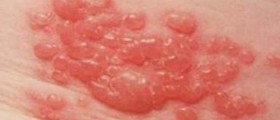
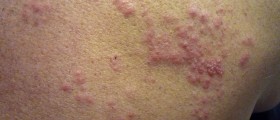


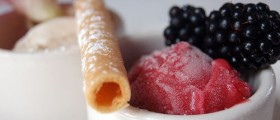



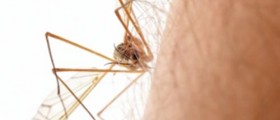
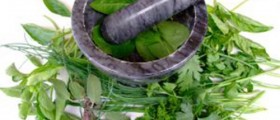
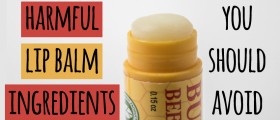


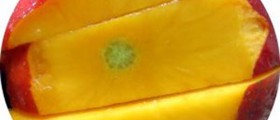

Your thoughts on this
Loading...